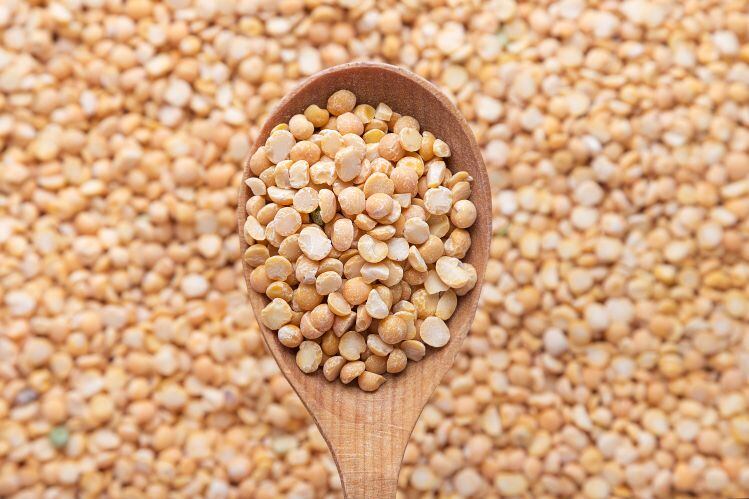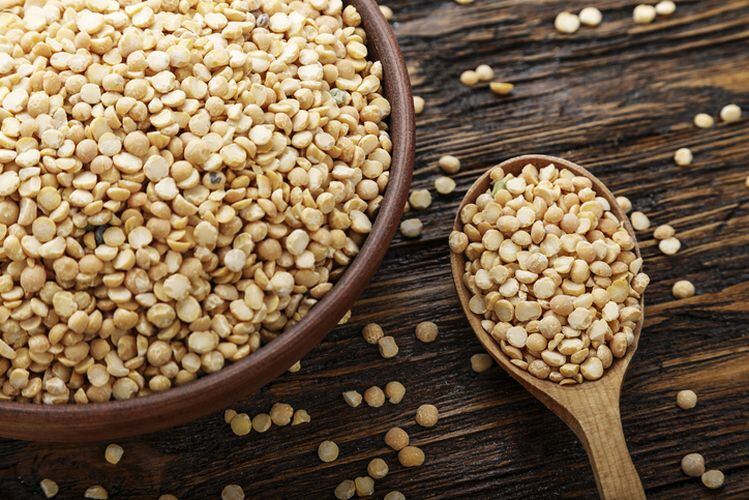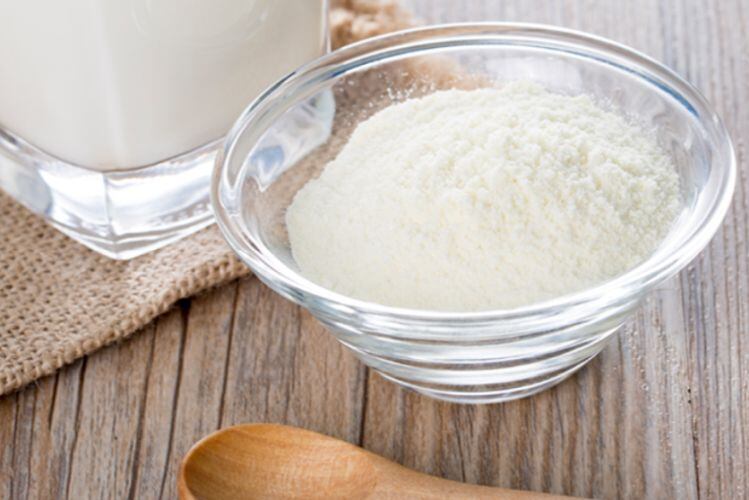“Protein continues to grow and we’ve yet to see any evidence that it’s fading," he told FoodNavigator-USA
"I also don’t think it’s really a ‘craze,’ plus there’s not really any downside to it. With dairy proteins such as whey, for example, perceptions are typically positive if consumers know something about it, and positive or neutral if they don’t. What’s interesting is how things like eggs and milk and cheese are also starting to promote themselves as protein sources, because that’s what consumers are looking for.”
We’ve also seen how on-trend brands such as RXBAR have helped to promote the use of well-established proteins such as egg white in new applications (nutrition bars), paving the way for other brands to promote egg white in snacking applications (eg. Quevos); while Lenny & Larry’s (wheat, pea, and rice protein) has paved the way for a multitude of high-protein cookies, he said.
“Collagen [a protein found in connective tissue and skin] is also growing, although quite frankly I’m not even sure if people know what it is.”
Marine proteins, sacha inchi, nuts, seeds
Right now, it’s a pretty exciting time to be in the protein space as consumers are really experimenting, both with new protein sources and applications, added Meghan Whalin, senior category strategy manager, who noted that delegates at the Mr Olympia show in September had sampled high-protein donuts, among other things.
“We’re also seeing high fat, high protein coffees… There is a lot of trial happening in the plant-based proteins space, and we’re seeing a lot of things out there, from sacha inchi and nut and seed proteins, to marine proteins such as collagen from fish, and algae proteins. But in the past two years it feels like every customer, even the hard core bodybuilding brands, is asking for plant-based."
"For a while lactoferrin [a protein found in cow milk and human milk] was really going gangbusters, and then it went quiet, and now it's gangbusters again, with people wanting it in an immunity product, or in infant formula."
Niki Carnell, category strategy manager, Glanbia Nutritionals
Pea is definitely #2 in the plant-based protein space after soy
It also takes time to get plant proteins to the point where you have the taste and functionality customers are looking for, said Maxwell, who predicted more experimentation in high protein crackers, extruded snacks and breads.
“I still remember when soy proteins were literally inedible; it took years to get them to the point when they were palatable, and now it’s an enormous market.”
So where does pea protein sit on the spectrum these days?
“Pea is definitely #2 in the plant-based protein space after soy,” said Maxwell, although he acknowledged that there are still some challenges around flavor and formulation.
“We’ve worked hard to make pea protein more dispersible in beverages, for example, with our BevEdge technology [see box below]. Peas also have other organoleptic issues such as grittiness that you need to address.”
How are consumers thinking about protein?
But how are consumers thinking about protein? Are they thinking about protein quality? Balancing protein intakes across all meals? Are they looking for a certain ‘magic’ number of grams of protein in their snacks or beverages?
Bodybuilders and hardcore fitness consumers are definitely interested in counting grams of protein and understanding amino acid profiles/protein digestibility and quality, but the average lifestyle consumer is not paying this much attention, said Maxwell.
“The industry is ahead of the consumer in terms of most of those concerns. In the industry we tend to look at triggers such as 10g or 20g/serving, but I don’t think the average consumer has a key number of grams in mind, or thinks a lot about protein quality. We wish they cared more about it!”
Hardcore athletes and mainstream consumers have different preoccupations when it comes to protein
The sports nutrition consumer “definitely understands more about protein quality and different protein sources, but not the lifestyle consumer,” added Eric Borchardt, marketing director.
“I’d agree with that,” added Whalin. “Performance athletes care about whether something is a protein isolate, concentrate or hydrolysate, with whey, but that’s not important to the mainstream consumer.
“But these more mainstream shoppers are very interested in flavor, packaging formats and sizes, organic and clean label. They don’t just want chocolate and vanilla, and I think these lifestyle shoppers are also pushing transparency and impacting what the bodybuilders are looking for as well, so there is overlap between these two groups of consumers now.”
Glanbia Nutritionals has developed a series of innovations to improve the functionality and organoleptic qualities of proteins in multiple applications, including:
- BevEdge: a non-lecithin dispersion technology enabling proteins to disperse in liquids (without falling out of solution).
BevEdge pea protein for example, mixes instantly in cold water, with “unprecedented dispersibility,” offers a neutral clean taste, “making it much easier to flavor than conventional pea protein and allowing for better flavor expression,” claims Eric Borchardt, marketing director at Glanbia Nutritionals.
BevEdge whey protein A-220W meanwhile, overcomes the challenges of creating berry- and citrus-flavored, high-acid protein powder drink mixes, he says. “Typical lecithinated whey protein isolate does not work well in high acid environments. BevEdge whey protein A-220W mixes easily and won’t clump or float. And because it’s pre-acidified to pH under 3.5, it allows for great-tasting fruit flavors and delivers a clearer end product than lecithinated proteins.
“And unlike most protein ingredients on the market, it’s lecithin-free and contains no soy, so it can simply be labeled as ‘whey protein isolate, citric acid’."
- Crunchie pea, and milk protein crisps claim to offer superior texture, flavor, protein fortification and better overall performance compared to existing crisps on the market.
- ProTherma is an agglomerated hydrolyzed heat stable whey protein ideal for hot coffees, teas, chocolates, malts, soups, oatmeals, coffee creamers and coffee pods.
- BevWise A-100W is a whey protein isolate system ideal for use in high acid beverage applications and allows better flavor expression than comparable proteins, claims Borchardt. “Benefits include superior clarity, less astringency, improved processing with better dispersion, and reduced processing time/costs.”
- OptiSol 1005 is a concentrated heat stable whey protein enabling firms to include more protein in multiple applications.




